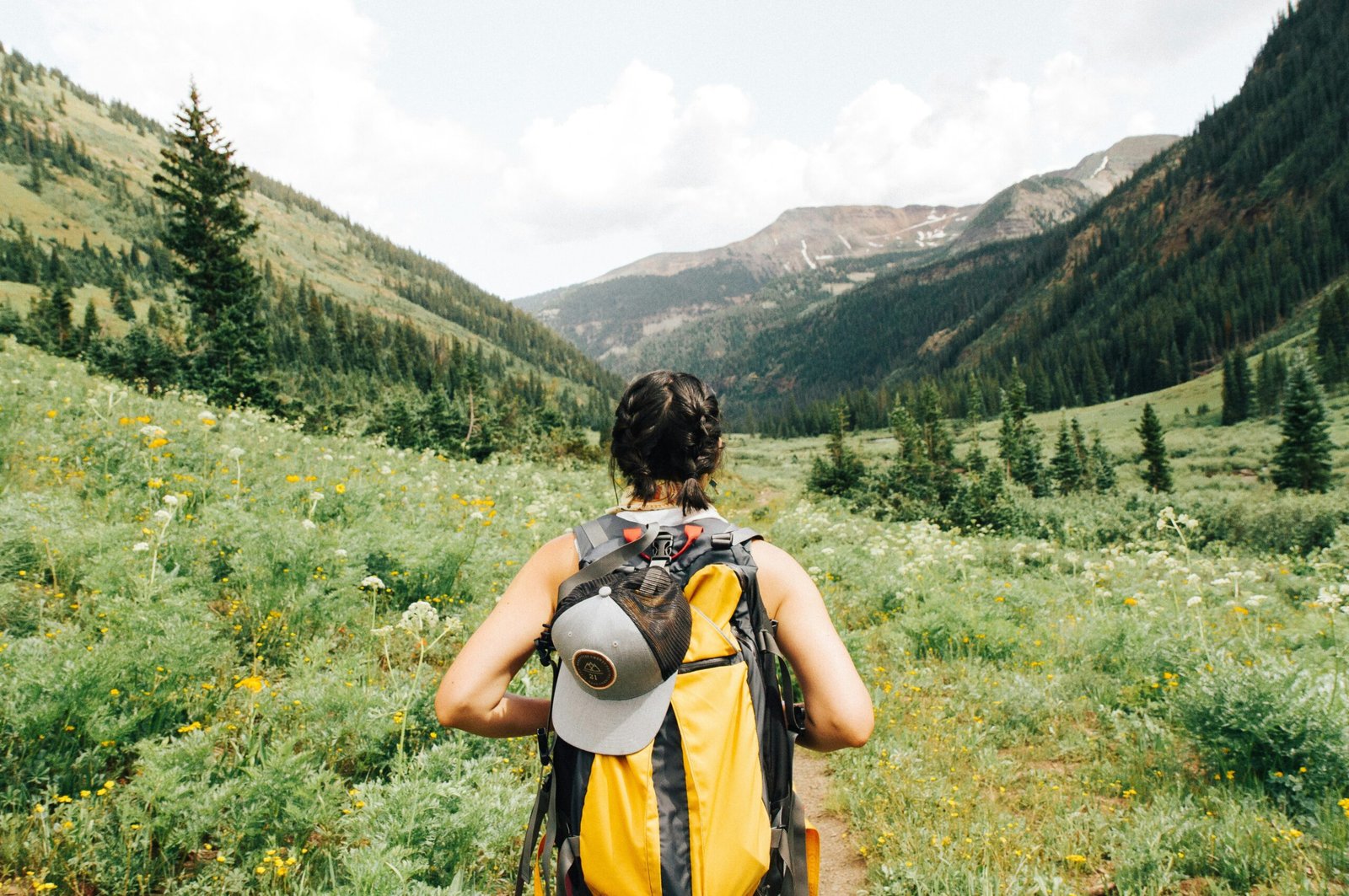Over the years, I have made many mistakes in bowhunting. Those mistakes help me prepare for the next hunt and usually become part of my practice regimen. We all learn to shoot standing, at even-numbered yardages, straight on a target where the aiming point is easy. Then we go to the field and must sit or kneel or stand on uneven surfaces and things may get dicey.
Here is how to prepare for your first bow hunt:
Pay Attention to Your Feet
The placement of your feet can change your draw length. This can make your arrow hit a different spot. Practice shooting on uneven footing and practice with your feet touching and far apart. It seems like it would not make a difference, but it does and is the reason for many misses. If you practice this, you will naturally make the adjustments in the rest of your stance to help your arrow fly where you need it to.
Prepare for Angles
This is important as when many of us shoot at an angle, we will naturally cant (tilt) the bow. Our bows have what experts call our third axis. The first step here is watching the bubble level in your sight. It should be aligned. If you still hit left or right consistently you should check your third axis. Hamskea Archery makes a tool to make this less difficult. Or, you can have it checked at your local pro shop. A little to either side could be the difference between taking the animal home and not finding it.
ReadMore: Top Female Archers: Bowhunting Ladies to Follow on Instagram
We also should practice the close shot. There is nothing like missing an animal at five feet. If you have an adjustable sight, you may have a cut sheet that tells you the yardage to shoot at distances less than 10 yards. It is not intuitive to shoot with your 40- or 50-yard pin when an animal is close. Speaking from experience, practice these short shots.
BEND AT THE WAIST (VERY IMPORTANT)
Many archers will draw at the angle they are shooting at – if you shoot up or downhill. This can also change your draw length and will cause you to miss more often than not. For this, practice drawing in your regular cycle and then bending from the hips, not lowering your arm which many intuitively do. This will help you on tree stand shots or if you have to shoot up or downhill.
Practice in a Blind
There are many tricky parts to shooting in a blind. First, can you pull your bow consistently while sitting, and can you do it in a confined space? One of the first things I do when I sit in a blind is to make sure I can draw my bow inside without hitting the back of the blind with my elbow.

Second, I have found that I must take off my stabilizer in the blind. The job of the stabilizer is to calm your shot window – how much your bow moves when you are aiming. Shooting without it can be hard. I practice this extensively.
The third, and probably most important is make sure your arrow will clear the window. I promise you, shooting the blind one or two or maybe even three times will stay with you for a long time, especially if you tell someone else. Before I shoot, I always look outside of the sight window to make sure I will not shoot the blind.

I hope you find these tips helpful. On my last hunt, I used nearly all of these. We set up a rifle blind last minute. I took my stabilizer off and was sitting on a cooler. When I was ready to shoot, I had to stand, lift my arrow out of the blind hole while crouching, while not hitting the roof, and make a good shot.

Commonly Asked Questions About How to Prepare for Your First Bow Hunt
What Are the 4 C’s of Bow Hunting
The 4 C’s of bow hunting are Careful, Considerate, Capable, and Courteous. These principles emphasize safety, responsibility, skill, and respect for others and wildlife. Following them ensures ethical hunting and promotes a positive reputation for all hunters.
What Is the 7-Day Rule for Deer Hunting
The 7-day rule generally refers to checking and tagging regulations—some states require hunters to report or process harvested deer within seven days. Always verify your local game laws since rules about tagging, reporting, and transport times vary by region.
What Do I Need to Start Bow Hunting
To start bow hunting, you’ll need a properly fitted bow, arrows, broadheads, release aid, and safety gear like an armguard. Most states also require a hunter’s safety course and a bowhunting license. Practice regularly for accuracy and ethical shot placement.
Is 70 lb Draw Too Much
A 70 lb draw weight can be too heavy for beginners or casual hunters. Most adult hunters perform well with 50–60 lbs, which offers sufficient power for deer and similar game. Choose a draw weight you can pull smoothly and consistently without strain.





3 thoughts on “First Bow Hunt: How To Prepare”